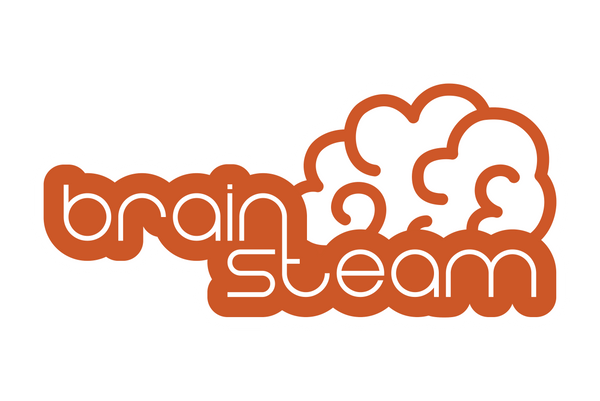Introduction
The traditional classroom experience has been evolving rapidly with the integration of technology, and one such innovation making waves is augmented reality (AR). Augmented reality refers to the technology that superimposes digital information onto the real world, creating an immersive and interactive learning environment. AR has proven to be a powerful tool in education, enhancing content understanding and promoting long-term memory retention among students. In this blog post, we will explore the impact of augmented reality in the classroom, drawing insights from a comparative review by Radu in 20121.
Enhancing Content Understanding
One of the significant benefits of augmented reality in education is its ability to enhance content understanding. By overlaying digital information onto real-world objects or environments, AR provides a multi-sensory and interactive learning experience that traditional methods often lack. Students can visualize abstract concepts, explore complex structures, and observe dynamic processes, making it easier to grasp difficult concepts.
AR applications allow students to interact with 3D models, manipulate virtual objects, and perform virtual experiments. For instance, in science classes, students can use AR to dissect virtual organisms, explore the human anatomy, or observe chemical reactions. In history lessons, AR can transport students to historical sites, enabling them to visualize significant events and immerse themselves in different time periods. Such interactive and immersive experiences facilitate active learning, increasing engagement and comprehension.
Promoting Long-term Memory Retention
AR's impact on long-term memory retention is another compelling reason to integrate this technology in the classroom. The immersive and interactive nature of AR experiences helps students form strong associations between the information they learn and the context in which they learn it. This contextual embedding of knowledge aids memory consolidation and retrieval over time.
A study by Radu in 2012 compared the long-term retention of information presented through traditional methods with information presented using AR1. The results showed that students who learned through AR retained information significantly better than those who learned through traditional methods. The spatial context provided by augmented reality played a crucial role in reinforcing memory traces, as the information became intertwined with the physical environment, making it easier to recall later.
Furthermore, AR applications often include gamification elements such as quizzes, challenges, and rewards, which further enhance engagement and memory retention. The interactive and enjoyable nature of these experiences motivates students to revisit and review the content, reinforcing their learning and retention.
Conclusion
The integration of augmented reality in the classroom offers numerous benefits, including increased content understanding and long-term memory retention. By providing students with interactive and immersive learning experiences, AR enhances comprehension and facilitates active engagement. The contextual embedding of knowledge through AR aids memory consolidation, leading to improved long-term retention.
While Radu's comparative review conducted in 20121 provided valuable insights into the educational impacts of augmented reality, it is important to note that AR technology has continued to advance rapidly since then. Recent studies and developments have further reinforced the positive effects of AR on learning outcomes. As educators and policymakers continue to explore the potential of AR in education, it is crucial to embrace this transformative technology to empower students and foster deeper understanding and retention of knowledge.
Reference:

